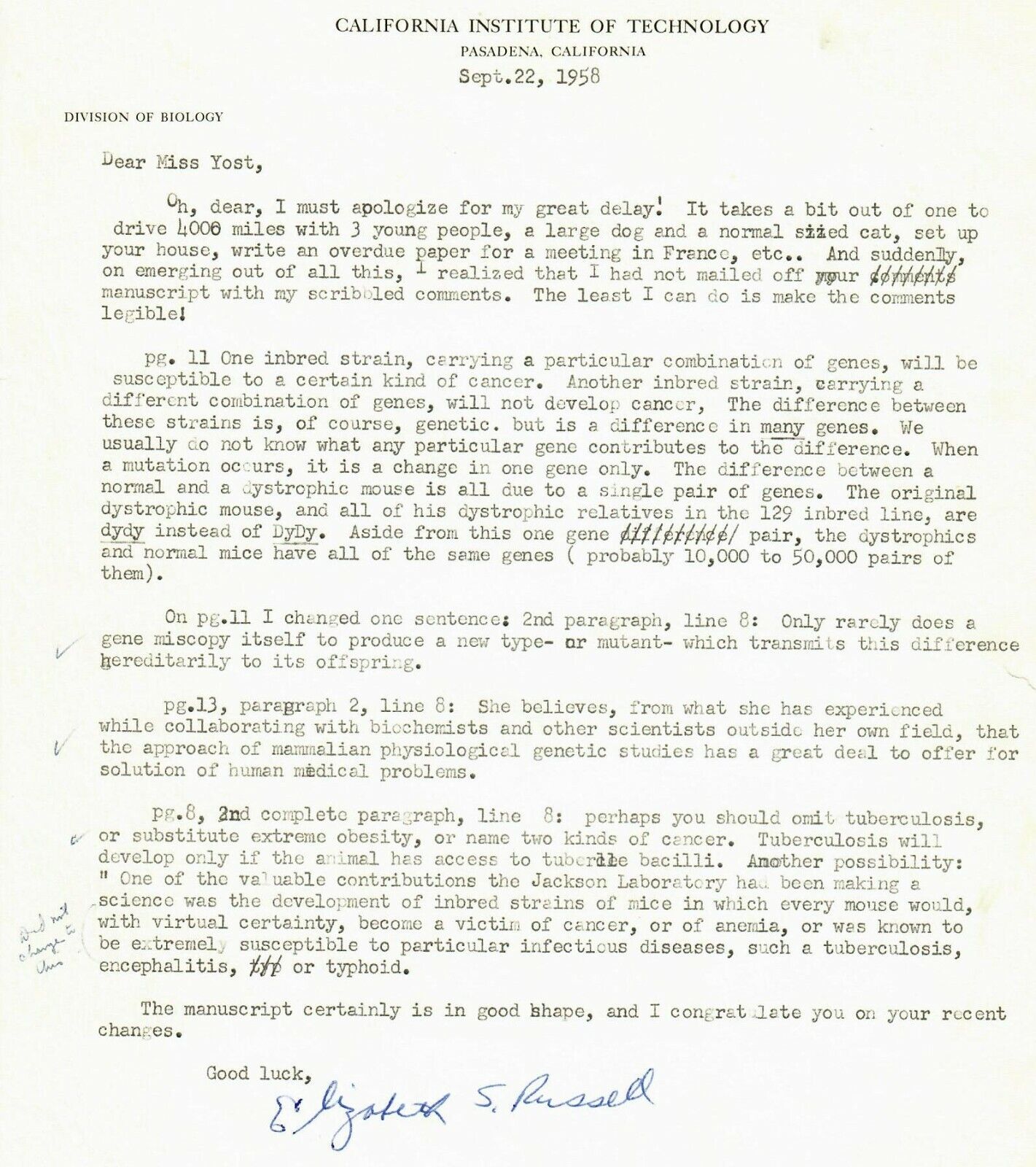-40%
"Nobel Prize in Physics" Sheldon Glashow Signed FDC Dated 1955 Todd Mueller
$ 68.63
- Description
- Size Guide
Description
Up for auction"Nobel Prize in Physics" Sheldon Glashow Signed First Day Cover Dated 1955.
This item is certified authentic by Todd Mueller Autographs and comes with their Certificate of Authenticity.
ES-5578E
Sheldon Lee Glashow
(
US
:
/ˈɡlæʃoʊ/
[
UK
:
/ˈɡlæʃaʊ/
; born December 5, 1932) is a
Nobel Prize
-winning
American
theoretical
physicist
. He is the
Metcalf
Professor
of
Mathematics
and
Physics
at
Boston University
and Eugene Higgins Professor of Physics, Emeritus, at
Harvard University
, and is a member of the Board of Sponsors for the
Bulletin of the Atomic Scientists
. Sheldon Lee Glashow was born in
New York City
, to
Jewish
immigrants from
Russia
, Bella (née Rubin) and Lewis Gluchovsky, a plumber. He graduated from
Bronx High School of Science
in 1950. Glashow was in the same graduating class as
Steven Weinberg
, whose own research, independent of Glashow's, would result in Glashow, Weinberg, and
Abdus Salam
sharing the 1979 Nobel Prize in Physics (see below). Glashow received a
Bachelor of Arts
degree from
Cornell University
in 1954 and a Ph.D. degree in physics from
Harvard University
in 1959 under Nobel-laureate physicist
Julian Schwinger
. Afterwards, Glashow became a NSF fellow at
NORDITA
and joined the
University of California, Berkeley
where he was an associate professor from 1962 to 1966. He joined the Harvard physics department as a professor in 1966, and was named Eugene Higgins Professor of Physics in 1979; he became emeritus in 2000. Glashow has been a visiting scientist at
CERN
, and professor at
Aix-Marseille University
,
MIT
,
Brookhaven Laboratory
,
Texas A&M
, the
University of Houston
, and
Boston University
.
In 1961, Glashow extended
electroweak unification
models due to
Schwinger
by including a short range
neutral current
, the
Z0
. The resulting symmetry structure that Glashow proposed,
SU(2)
×
U(1)
, forms the basis of the accepted theory of the
electroweak
interactions. For this discovery, Glashow along with
Steven Weinberg
and
Abdus Salam
, was awarded the 1979
Nobel Prize in Physics
. In collaboration with
James Bjorken
, Glashow was the first to predict a fourth quark, the
charm quark
, in 1964. This was at a time when 4
leptons
had been discovered but only 3 quarks proposed. The development of their work in 1970, the
GIM mechanism
showed that the two quark pairs: (d.s), (u,c), would largely cancel out flavor changing neutral currents, which had been observed experimentally at far lower levels than theoretically predicted on the basis of 3 quarks only. The prediction of the charm quark also removed a technical disaster for any quantum field theory with unequal numbers of quarks and leptons — an
anomaly
— where classical field theory symmetries fail to carry over into the quantum theory.In 1973, Glashow and
Howard Georgi
proposed the first
grand unified theory
. They discovered how to fit the gauge forces in the
standard model
into an SU(5) group, and the quarks and leptons into two simple representations. Their theory qualitatively predicted the general pattern of
coupling constant
running, with plausible assumptions, it gave rough mass ratio values between third generation leptons and quarks, and it was the first indication that the law of
Baryon number
is inexact, that the
proton
is unstable. This work was the foundation for all future unifying work. Glashow shared the 1977
J. Robert Oppenheimer Memorial Prize
with
Feza Gürsey










